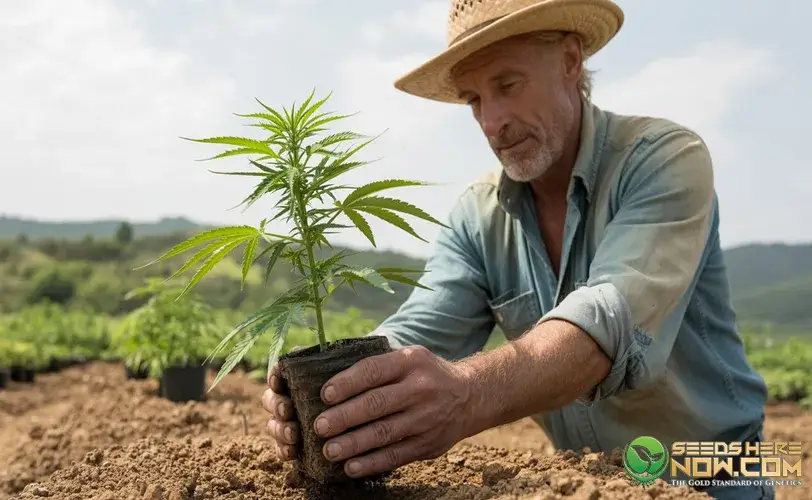How To Transplant Cannabis: A Complete Guide
Subscribe to our newsletter
Your dream garden is a subscription away!
Join our email list and enter our Monthly Seed Giveaway.
Imagine the possibilities each month as you await your chance to win.
By clicking the "JOIN US!" button, I agree and accept the privacy policy of SeedsHereNow.
More About Us On Instagram
Join our instagram community NOW.
OPEN
INSTAGRAM

;)
;)
;)

;)
;)
;)
RESPONSES (0)
No responses yet. Be the first to respond!